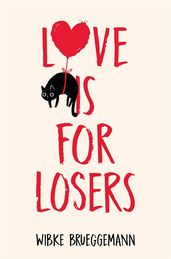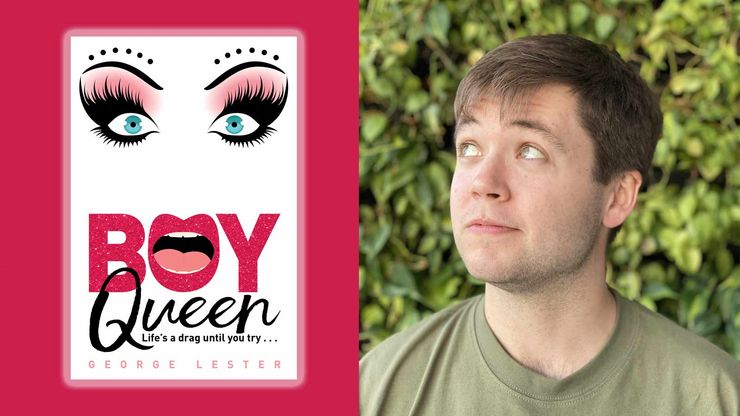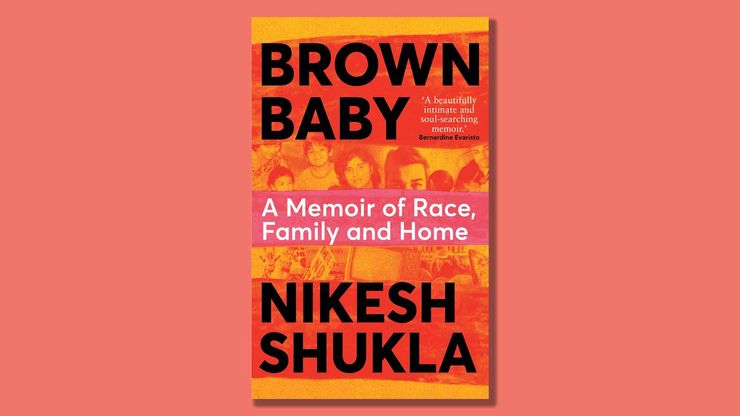Why a new era of LGBTQIA+ fiction is long overdue
Wibke Brueggemann explores the trope of unhappy/dead gay characters, and calls for writers to let LGBTQIA+ people live.

Author of Love is For Losers Wibke Brueggemann delves into the morbid history of gay literary tropes, and their damaging impact on LGBTQIA+ readers. From the murderous drama of Dorian Gray to the prudish Hays Code to the panic of the AIDS years, gay characters have often been seen through a morbid filter. Evidence suggests that this has led to increased suicide levels amongst the LGBTQIA+ community. Brueggemann makes an urgent call to writers to let their gay characters live and flourish.
Illustration credit: Nadia Snopek
This unfortunate and utterly unfair treatment – the ‘Bury your Gays’ trope – goes all the way back to when Hollywood adopted the 1930 Hays Code, written by a Jesuit priest and Catholic publisher, which banned ‘depictions of sexual perversion,’ aka: gayness.
In literature, we can see this trend going back even further. In Oscar Wilde’s The Picture of Dorian Gray, first published in 1890, Wilde has Dorian murder Basil. Not only does Wilde thus declare that being gay cannot possibly end well, but he’s also censoring himself, the author, to avoid persecution for hinting at homosexuality.
When gay characters started making their way back into mainstream stories in the 1980s and 1990s, after disappearing almost altogether thanks to Hollywood’s production codes, they found themselves in narratives focusing almost exclusively on themes such as homophobia, bullying, abuse and suicide.
‘When gay characters started making their way back into mainstream stories in the 1980s and 1990s . . . they found themselves in narratives focusing almost exclusively on themes such as homophobia, bullying, abuse and suicide.’
Since this was the reality for so many LGBTQIA+ people at the time, I would argue that these stories were necessary, if not essential, for introducing the average voter to people who weren’t straight and pointing out the gross social injustice and prejudice the LGBTQIA+ community was facing every day.
The 1993 film Philadelphia is a prime example of the way gay characters were portrayed at the time. It tells the story of a young homosexual man, Andrew Beckett, played by one of the most wholesome and all-American actors, Tom Hanks, who has AIDS. It’s a desolate and deeply disturbing film about dying, and it therefore couldn’t possibly have had a happy ending. Critics have argued that the film missed the opportunity to show the love and life that came before the horror, but what the film didn’t miss was the opportunity to put a human and familiar face to the AIDS crisis and bring the fears and devastation of the gay community into even the straightest of households.
This was a stepping stone from which LGBTQIA+ characters and their stories continued to ascend. Fast forward now to 2017, when the entire expanding universe fell in love with the angelic features of Timothée Chalamet’s Elio in Call Me by Your Name.
Oh, the film was just exquisite, emotionally and visually the polar opposite of Philadelphia, because this story was about life. Elio and Oliver’s love affair was so sensual and satisfying that I would have happily submerged myself forever in its sultry depth. Finally gay people were alive, and finally gay people were happy. And then what happens? Oliver goes away and marries a woman he never mentioned.
I sobbed my way through the credits, my broken heart, in perfect synch with Elio’s, asking with each reluctant beat: ‘Why?’ Why couldn’t they be happy? Fine, so the film was set in the eighties, but all that aside, the LGBTQIA+ community can take no more.
‘‘Why?’ Why couldn’t they be happy? Fine, so the film was set in the eighties, but all that aside, the LGBTQIA+ community can take no more. ’
It’s 2021 now, and we’re tired of having Timothée Chalamet cry for us, and Tom Hanks die for us. Just stop it. This is not all that happens.LGBTQIA+ people are in relationships, we get married, we have children. We even live happily ever after, and not only do we want to see that, but we also need to see that. Research conducted by the University of Stanford found that if you keep showing LGBTQIA+ characters committing suicide, this can appear to viewers as a valid course of action.
The Trevor Project is a national survey of LGBTQIA+ youth mental health conducted in the US. It represents the experiences of over 40,000 LGBTQIA+ young people aged between the ages of thirteen and twenty-four. In 2020, the survey showed that 40% of respondents seriously considered attempting suicide in the previous twelve months.
With that in mind, I think it is absolutely the job of every single person involved in the storytelling business, through the lives we give to our LGBTQIA+ characters, to say: ‘Suicide is NOT a valid course of action. You have the right to be happy.’
The Trevor Project also revealed that in 2020 29% of LGBTQIA+ young people had experienced homelessness because they had been kicked out of their homes or run away. So, let’s not pretend that positive representation is only for the benefit of the people who identify as LGBTQIA+. It’s also for their families, their friends, their teachers, their fellow humans.
‘. . . let’s not pretend that positive representation is only for the benefit of the people who identify as LGBTQIA+. It’s also for their families, their friends, their teachers, their fellow humans.’
During an ATX Festival panel discussion, a bunch of TV writers made the very important point that shows like the 1998 US sitcom Will & Grace were never predominantly aimed at the queer community, but at people who didn’t ‘get it.’ In other words, those people who don’t interact with gay people: the friends, the parents, the teachers who don’t know what to do or what to expect when a person comes out to them.
They then stressed that shows like Will & Grace, or popular shows today like Modern Family or Schitt’s Creek, will also spread their wings and travel. This means they will land in other cultures where they can have a profound impact and change the landscape for the LGBTQIA+ community.
We mustn’t forget, being gay is still illegal in many places around the world, trans people get murdered every day, and therefore is it not our duty, as humans who can, to set the tone when it comes to how we want to see our LGBTQAI+ fellow humans represented?
When we talk about equal rights, this needs to feed deep into the stories we tell. Let’s not use LGBTQIA+ characters as cannon fodder. Let’s not kill them off to boost ratings, or as a tool to help the straight protagonist’s story progress. Let’s instead make LGBTQIA+ characters the heroes of their stories, let’s make their queerness the least interesting thing about them, and let’s show the world that to be queer today means to be happy and hopeful.
And yes, of course people die. But people also live.
Love is for Losers
by Wibke Brueggemann
Love is for Losers is a hilarious, life-affirming novel about all the big stuff in a teen girl’s life: first love, sex, death, family, heartbreak, kittens . . . and kisses that turn the whole world upside down.
Celebrate with the best LGBT fiction that explores diverse experiences, or dive into the best queer YA fiction books for compelling coming-of-age stories.



